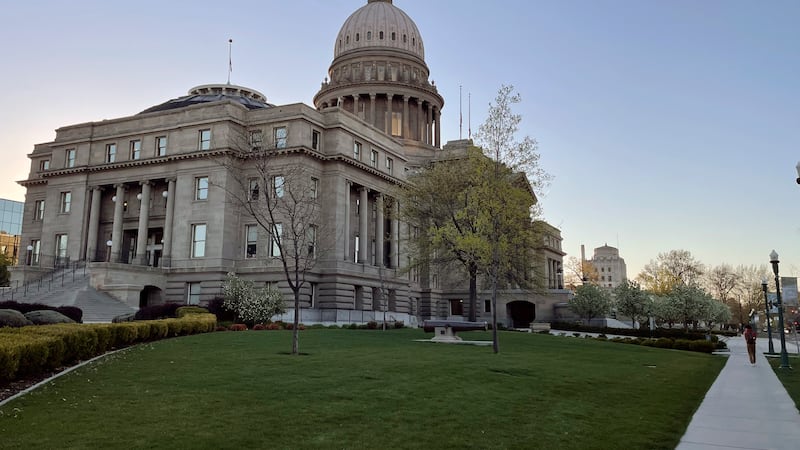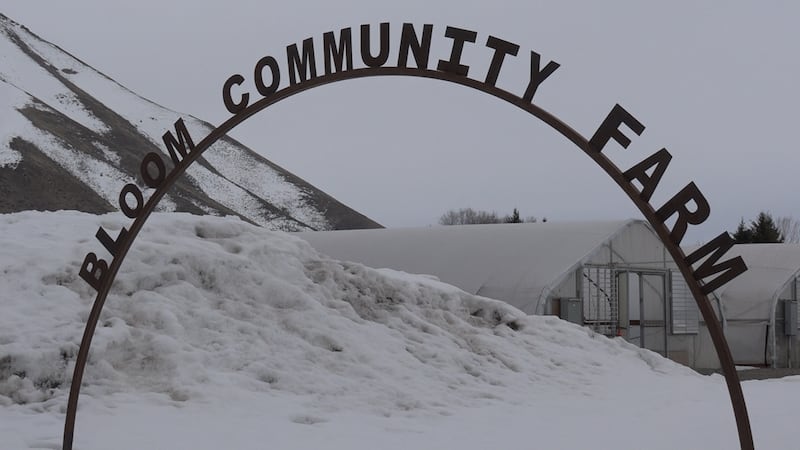Salute to Idaho Agriculture - Snowpack Impact on Growing Season
TWIN FALLS, Idaho (KMVT/KSVT) —“If we don’t have a good snowpack year, it’s generally not very good water year.”
The farms around Idaho rely on the snowpack season that runs until April 1. This snow directly feeds the reservoirs across the Snake River, especially ones like the upper Snake River which can hold 4 million acre foot of water or a little under 2 million Olympic sized swimming pools.
Sean Ellis, with the Idaho Farm Bureau says that the amount of snow isn’t the only thing that’s important.
“What we hope for is an even snowmelt so that water that gets to the reservoir, gets there when we need it, if it melts too early, a lot of it does not end up in the reservoirs,” Ellis explained.
An average Idaho winter helps keep the snow in the mountains and allows for additional accumulation throughout the season. With all the precipitation these last few weeks, things are looking to be on track.
“And so, the Upper Snake District like I was talking about, they weren’t looking very good a week ago, but right now they are looking much better, they are just still a little bit below what we would call median,” Ellis added.
While Idaho farmers keep a close watch on the snowpack, a low year also effects the public.
“Think about all the recreation that happens in our reservoir, that water also provides recreation, in water that would not be there during the July, August, September time frame, without those reservoirs.”
With winter just starting, Ellis says there’s still a long way to go; “we still need a couple and half more months, actually three more months of a good snowpack, so let it snow.”
Copyright 2025 KMVT. All rights reserved.















